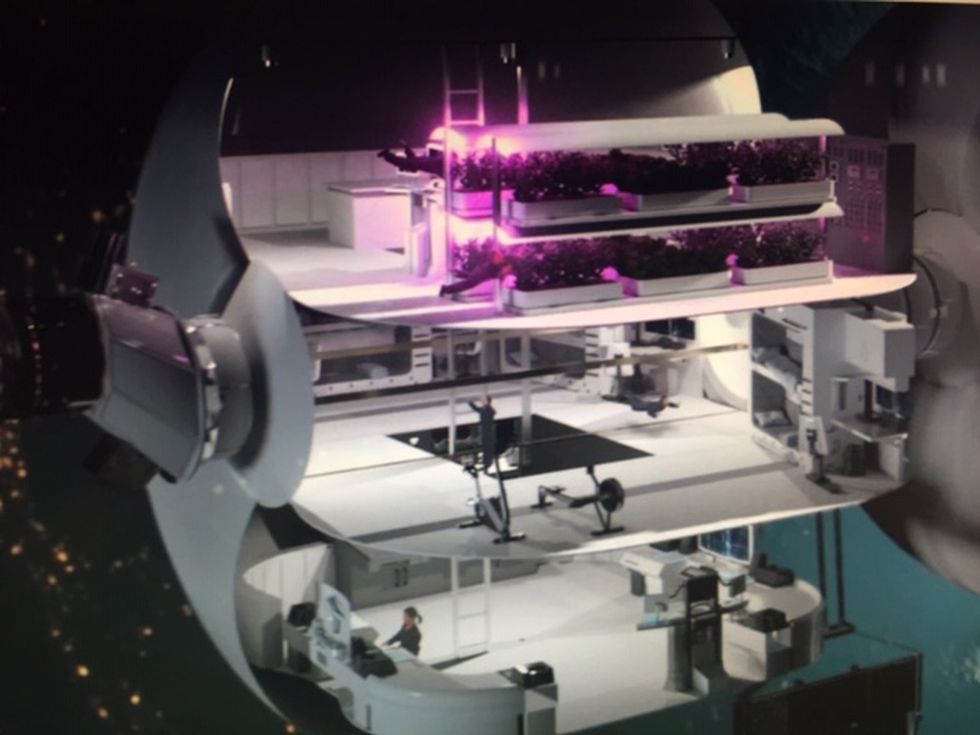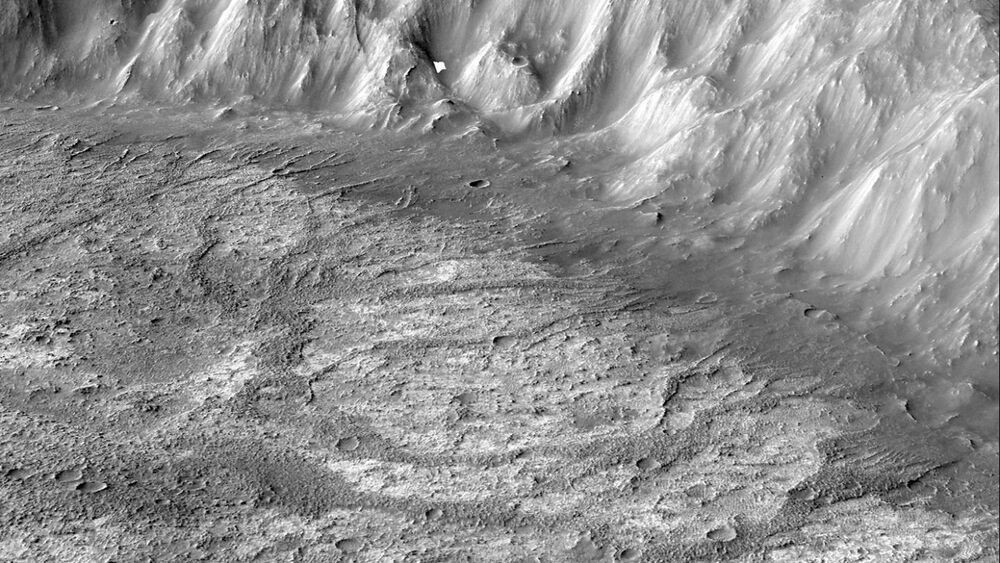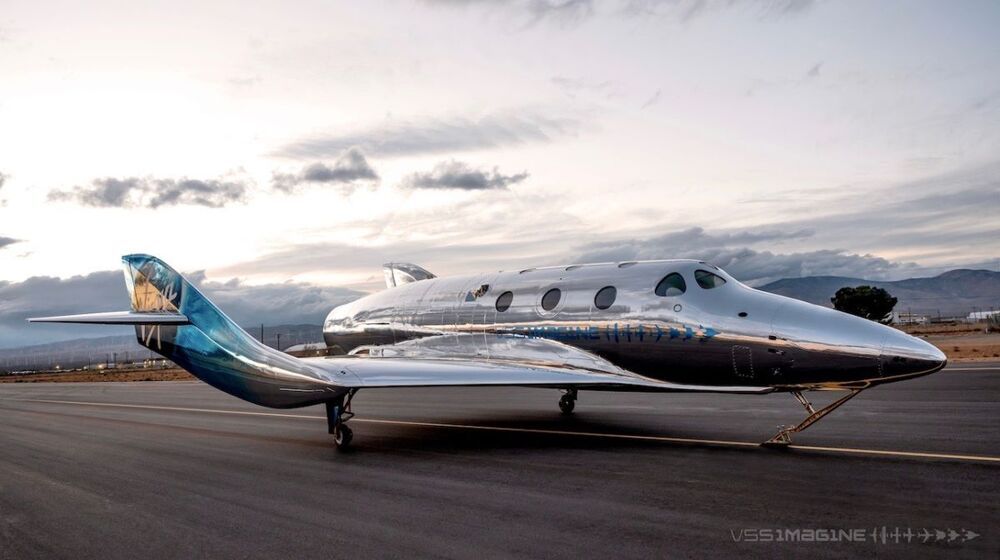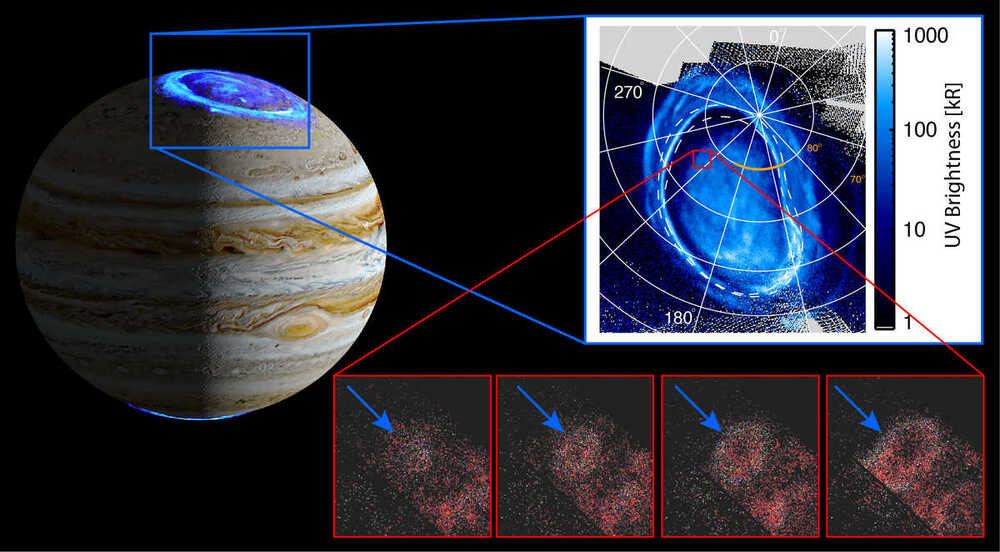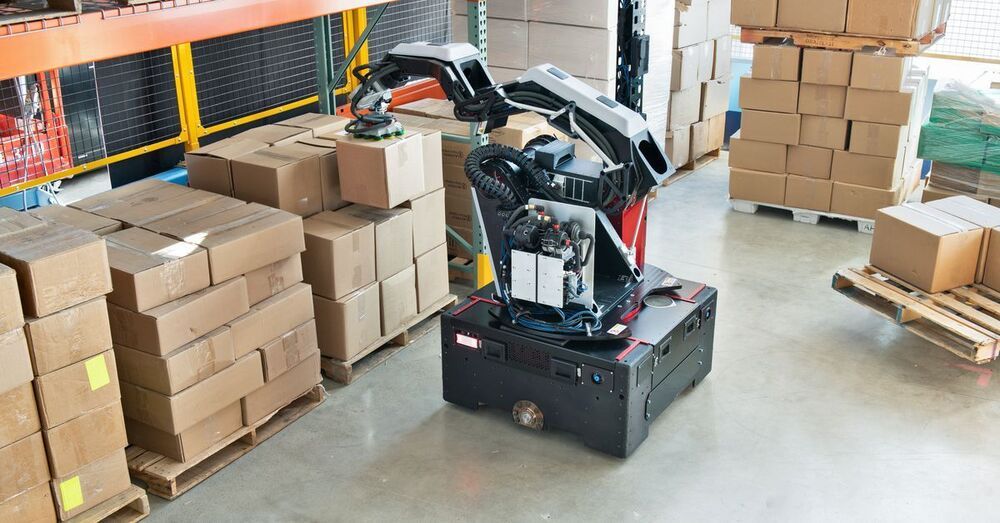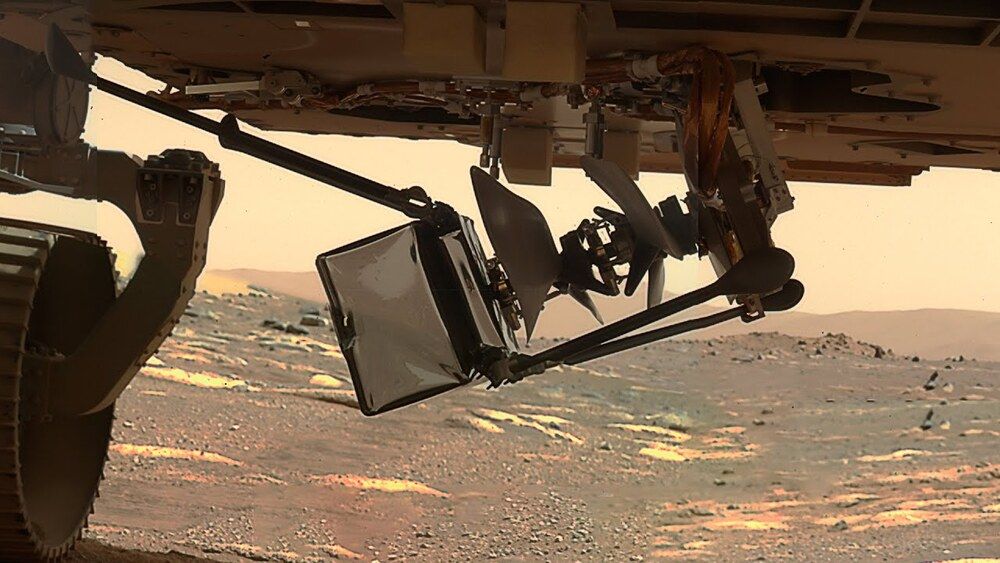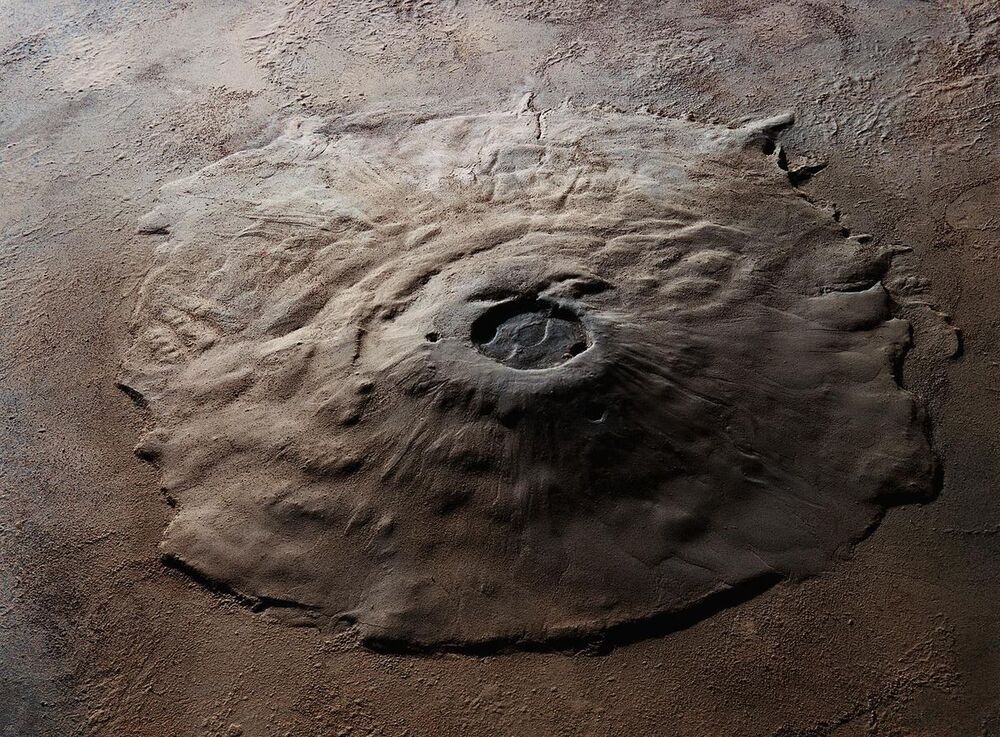SPARKS, Nev. (KOLO) — Their headquarters sits on a hill overlooking east Sparks, but Sierra Nevada Corporation’s sights are set much higher.
Long known for the development of high-tech equipment for applications here on Earth, they are also a major player in space exploration and research.
They provided some key parts to the latest Mars rover, Perseverance, and in a virtual press conference from their plant in Colorado Wednesday they announced an ambitious timeline for their latest projects—commercial flights with its Dreamchaser spaceplane to the International Space Station next year…and by 2028, a replacement for the space station itself.
